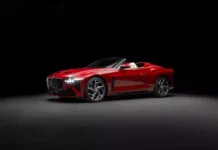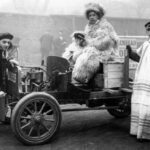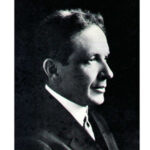In the early 20th century, when the automobile industry was booming, there was also a growing market for specialized clothing for drivers.
Since the early cars didn’t have roofs or doors and were primarily driven on unpaved roads, drivers needed appropriate clothing to shield themselves from the wind, cold, and dust.
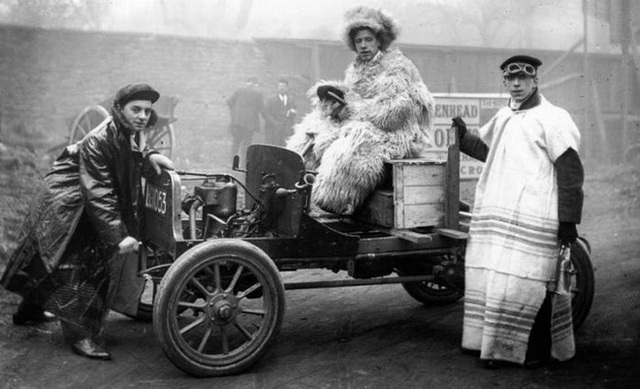

During that time, cars were still considered a luxury item, affordable only by the wealthy. Clothing companies were quick to recognize that they could capitalize on “car clothes” and turn them into a symbol of high social status, generating widespread desire.

The fashionable image of a car driver during this period was typically portrayed wearing a floor-length coat made from various materials, ranging from brightly colored leather to thick fur coats, depending on the weather and climate conditions.
Women’s car coats were available in different colors to match their cars, creating a tone-on-tone effect. These coats were often made of lightweight fabrics such as linen or silk, with added protective elements. Special gloves for drivers became a must-have fashion accessory for ladies.
For men, full-covering coats that reached up to the neck were commonly worn, along with a specially designed protective helmet to shield against dust and debris from the road. Women’s helmets featured removable dust shields.
Car clothing quickly became a symbol of style and held significant social influence to the extent that people would wear it even when they weren’t driving.
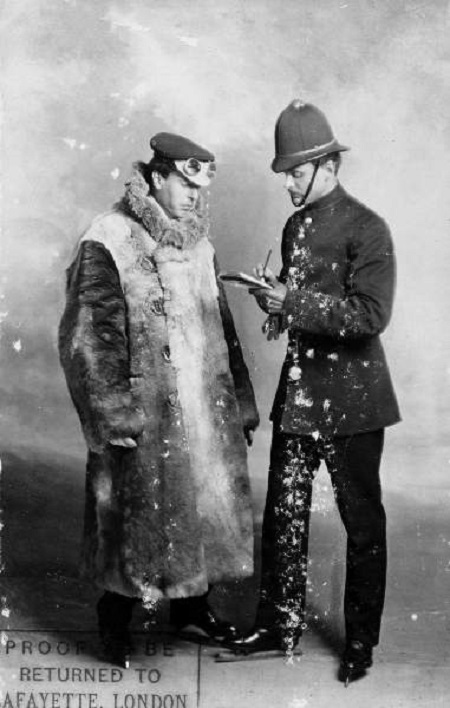
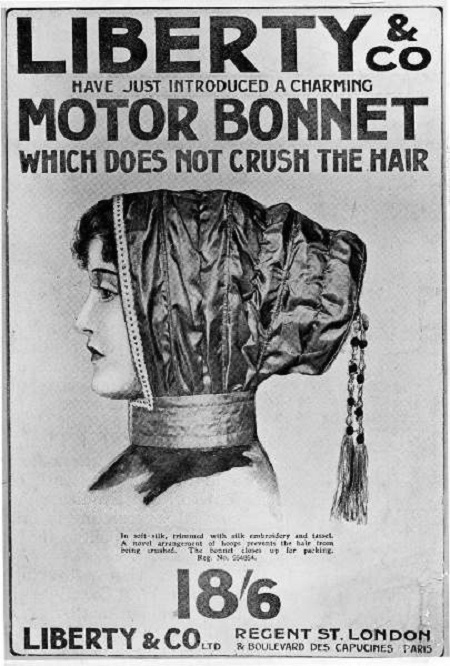
This image of a person dressed in car clothing became a fashion icon and a way to display one’s wealth, as if they had just stepped out of a luxurious car.
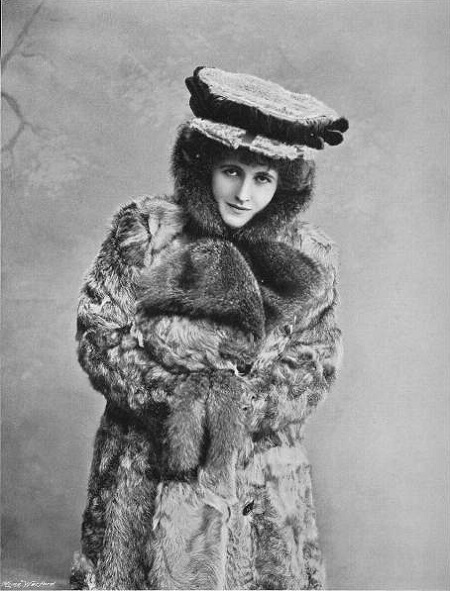
Eventually, as cars became more affordable and commonplace, complete with roofs and doors, car clothing gradually lost its popularity as both a form of protection and a symbol of high social status.







